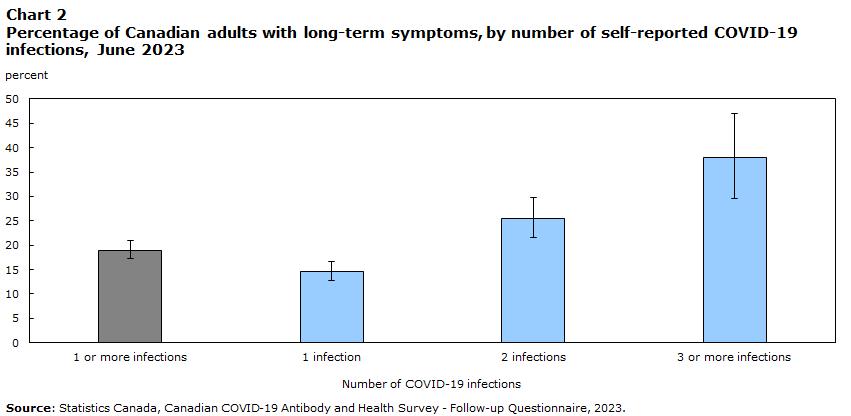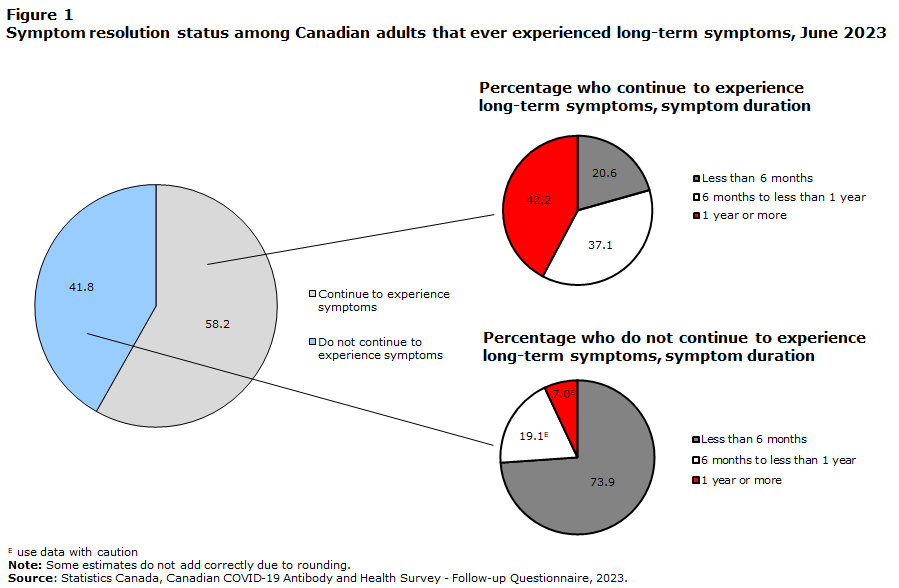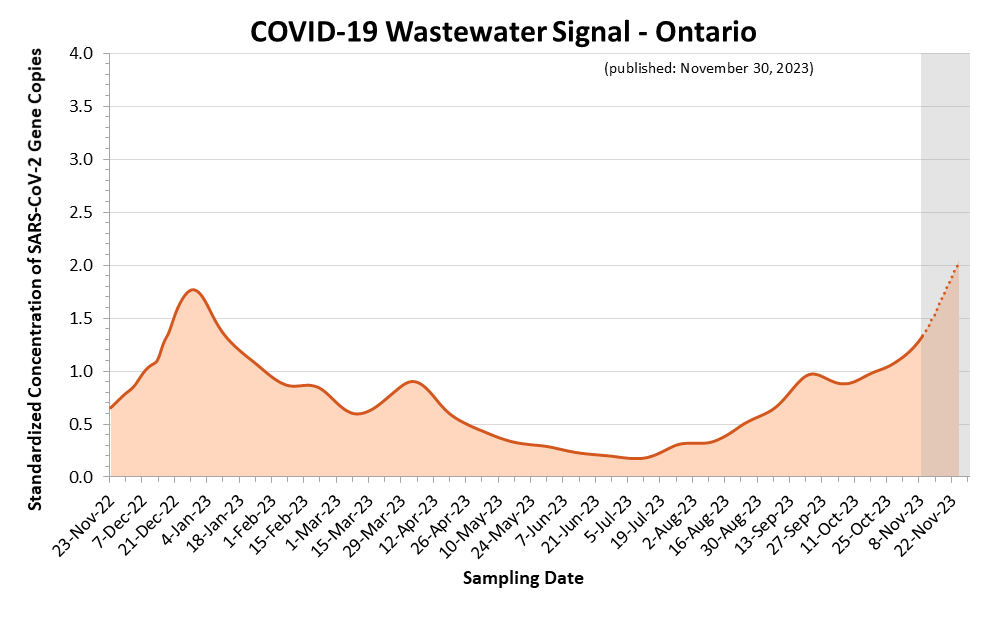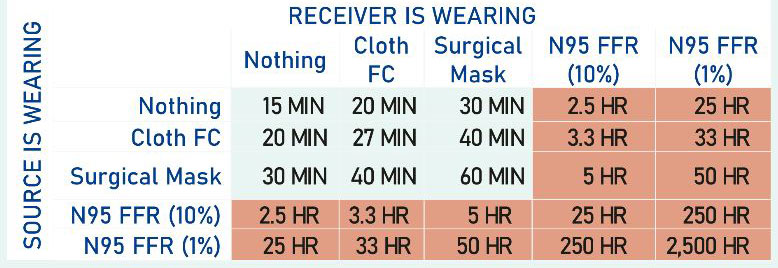Executive Summary:
1. Check the polls for your riding[0] and determine where you should place your vote
2. If you have the means, find ridings where you can make the most difference and contribute directly
The upcoming Canadian Federal Election, for various reasons, has the potential to be the most consequential election in our lifetimes.
Because I’m a generally sensible person who believes that social progress benefits us all, I generally vote ‘ABC’, or ‘Anything But Conservative’. This has only intensified as the Overton Window in politics has shifted rightward over the past few decades.
The Canadian political party landscape presents an interesting challenge for those who want the set of politicians elected to represent the will of the people[1]. There are 5 political parties with seats in the House of Commons, each of which have vastly different political prospects across each of the ridings they are running in. This means, that in order to elect a non-Conservative candidate (in general, to better represent the will of the people[2]), it is beneficial to vote strategically. For example, in a riding where the Conservative and Liberal candidates are polling very close, supporters of the NDP would help their policy goals more by voting for the Liberal candidate (and vice-versa)[3].
There are a number of websites which have sprung up to help with this process, including:
https://smartvoting.ca/federaldashboard
https://votewell.ca/
https://www.strategicvoting.ca/
https://338canada.com/
I’ve been using 338canada, perhaps because the name is similar to 538, which I’ve found helpful to track politics in the U.S.
The process is simple. Look up your riding, see the relative political strength of the candidates, and if it’s a competitive race[4], vote for the one that is most likely to advance sensible policies.
There is a limitation on this. Note how I said ‘if it’s a competitive race’. But what if it isn’t? How, as a responsible citizen of a representative democracy, do you make a difference? You can volunteer, perhaps in a nearby riding which is more competitive, or in a phone bank for ridings further away. You could also contribute financially to one or more of the parties….but how do you make sure that they’ll use it to compete in the ridings they’re contesting against the true adversary, rather than fighting amongst themselves?
Enter the ‘contribute to a specific riding’ (instead of contributing to a party in general).
I’ve been contributing to various political parties over the years, as part of my civic duty[5], but I’ve grown steadily more frustrated by the process. The parties continue to call and write, asking for more money, but they never address the elephant in the room: We need to work together to actually make things better for the people.
So, this past year, I’ve been doing something different.
I visit a website which shows polling data on a riding-by-riding basis[6], and look for ridings which are:
1: A 2-way race between a Conservative candidate and an NDP or Liberal candidate
2: Extremely close (generally within 1%, or the margin of error)
I then look at a few of them, and do some basic research on the candidates. Do they seem to have sensible policies/priorities? Do they seem to have been effective in the past?
I then go to their website and contribute directly to their constituency.
In this way, I feel like I have made a real difference: I’ve contributed to a riding where a small nudge could make a difference, and I’ve done what I can to keep the political parties which I agree with most from fighting with each other.
I believe this is the most consequential election in our lifetimes. It’s worth spending some more time researching who you vote for and contribute to.
This is the process I’m following, and what I recommend:
1. Check the polls for my riding to determine where I should place my vote
2. Find ridings where I can make the most difference and contribute directly
This is not the time to watch from a distance; we all need to be involved.
Elbows up.
[0] If you want to know what your riding is, or who your local candidates are, Elections Canada is the best place to start.
[1] I’m setting aside the standard issues with a representative democracy (that representatives are subject to regulatory capture and party-over-constituents pressures) as out of scope for now, but I tend to believe that less conservative political parties are more likely to listen to the people in general, so the above will help with these issues as well.
[2] Here, I’m setting aside the fact that Conservative policies in general are worse for the people of a country, and thinking only about the will of the electorate.
[3] There’s a whole longer conversation here about polls and individual elections vs. the longer arc of history, but I’m talking about what an individual person can do in the moment to have the largest individual impact. Here’s a reddit thread which seems to discuss most of the relevant issues.
[4] It feels like a new thing, with political polarization in the U.S. especially being more and more pronounced, but jokes were being made about this decades ago, so I’m sure it’s been a thing for as long as first-past-the-post elections have been a thing.
[5] I see part of my civic duty as using some of my privilege to support sensible political candidates and policy. There are arguments to be made as to whether political donations should be a thing or not, and whether they’re ethical. To that, I respond thus: 1. We live in a capitalist system, and sometimes we can make the largest difference by working within it. 2. There are numerous monied interests working to sway this election, some of them from outside of the country.
[6] I’ve been using https://338canada.com/, but I’m sure there are other good options.




